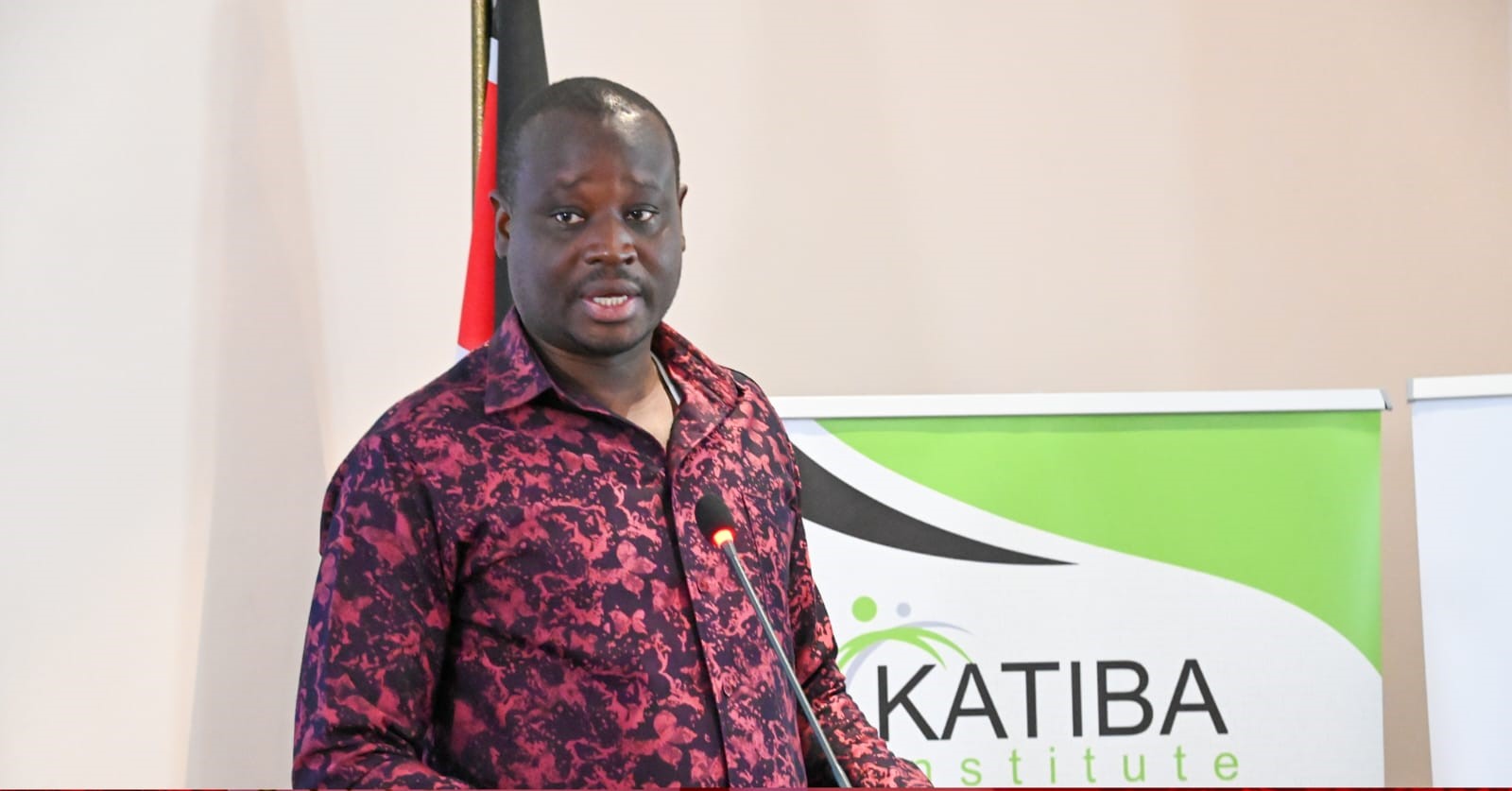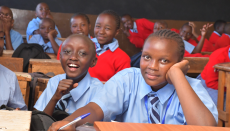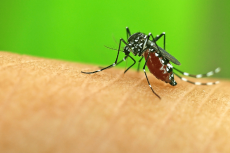- Before we start pointing fingers at the police, the state, or any other "perpetrator" of violence, perhaps it’s time we turned the lens inward. The conversation about journalist safety must begin in the newsroom.
In the media world, the rush to chase stories often lands journalists in harm’s way. Whether it’s covering a protest, a landslide, or any other natural disaster, the chances of returning safe and sound are slim. Yet, this is the daily reality for many journalists navigating danger in pursuit of truth.
But before we start pointing fingers at the police, the state, or any other "perpetrator" of violence, perhaps it’s time we turned the lens inward. The conversation about journalist safety must begin in the newsroom.
It’s against this backdrop that the Kenya Union of Journalists (KUJ) Secretary General Eric Oduor raised a critical concern: the lack of empathy embedded in Kenyan media culture.
Oduor was speaking during the national commemoration of the International Day to End Impunity for Crimes Against Journalists held in Sarova Woodlands, Nakuru on November 3, 2025.
Read More

“Sometimes you’ll find an editor sending a journalist into the field without even asking how the story will be gathered,” Oduor says. “They care more about the story than the storyteller.”
His words echo loudly in the aftermath of incidents like the shooting of Nakuru-based journalist Catherine Wanjeri, who was injured while covering protests in July 2024. Or the many journalists who’ve been teargassed, shoved, or harassed while on assignment enduring the pain silently, just to meet a deadline before prime time.
For the sake of the story, they put themselves in harm’s way. But at what cost?
According to Oduor, the solution starts with leadership. “Media house managers and CEOs must take full responsibility for safeguarding journalistic integrity before blaming external forces,” he insists.
This means fostering a newsroom culture that prioritizes safety, mental health, and ethical reporting. It means equipping journalists with protective gear, risk assessment training, and most importantly support.
Globally, the numbers paint a grim picture. In 2025, the United Nations and Reporters Without Borders (RSF) have reported a surge in threats against journalists from murder and imprisonment to digital harassment. RSF even profiled 34 press freedom predators, individuals and regimes known for silencing journalists through violence, propaganda, and legal persecution.
Closer home, Human Rights Watch have documented that Kenyan journalists were shot, injured, and arrested during anti-government demonstrations in 2024, with similar patterns continuing into 2025.
The risks are real. But so is the responsibility, not just for governments and security agencies, but for the media industry itself.
Because in the end, journalism is not just about breaking stories. It’s about protecting the people who break them.
Stay connected with us on WhatsApp and X for instant updates and breaking news as it happens.












